
Downtown
Downtown neighborhood – the developmental hub of Rio de Janeiro
Downtown or Centro, as it is popularly known, can be considered the developmental hub of Rio de Janeiro, as it served as the crux for the city’s development. Downtown Rio is about 20 to 25 minutes from the Southside of the city. It is scattered with landmarks, monuments and places of historical and cultural interests. Downtown houses the majority of businesses so it is also known for being the financial heart of the city. Rio’s rich history is portrayed in various buildings and museums throughout the neighborhood. Downtown has a lot to offer the discerning traveler right from its cultural centers to its cathedrals and high quality restaurants. No visit to Rio can be complete without a trip downtown, so make sure you have it in your travel itinerary.
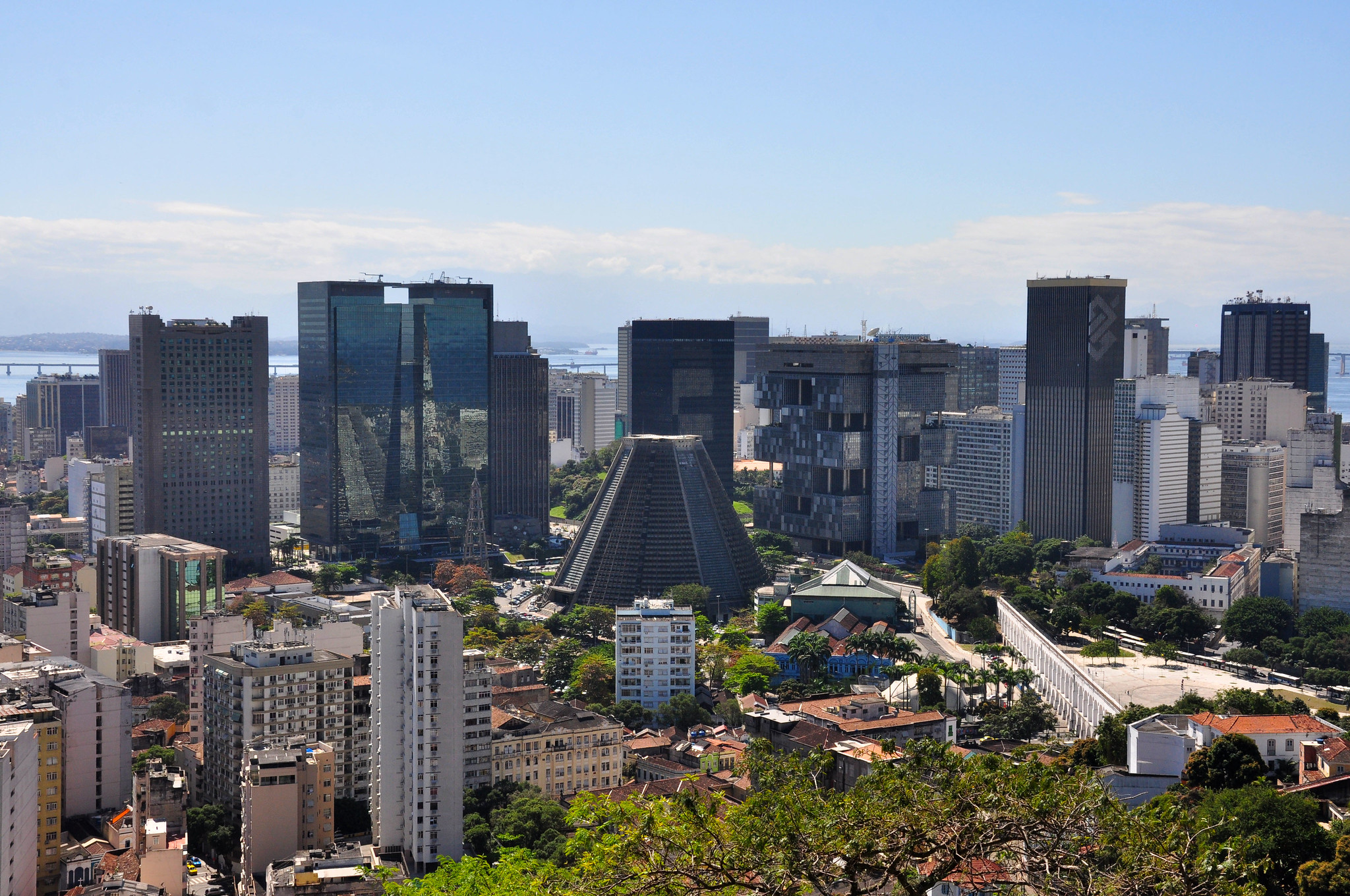
Geography
Downtown or Centro is bordered by Morro de São Bento in the north to the seaside Monument to the Dead of World War II in the south. Praça XV on the waterfront is on the eastern border.
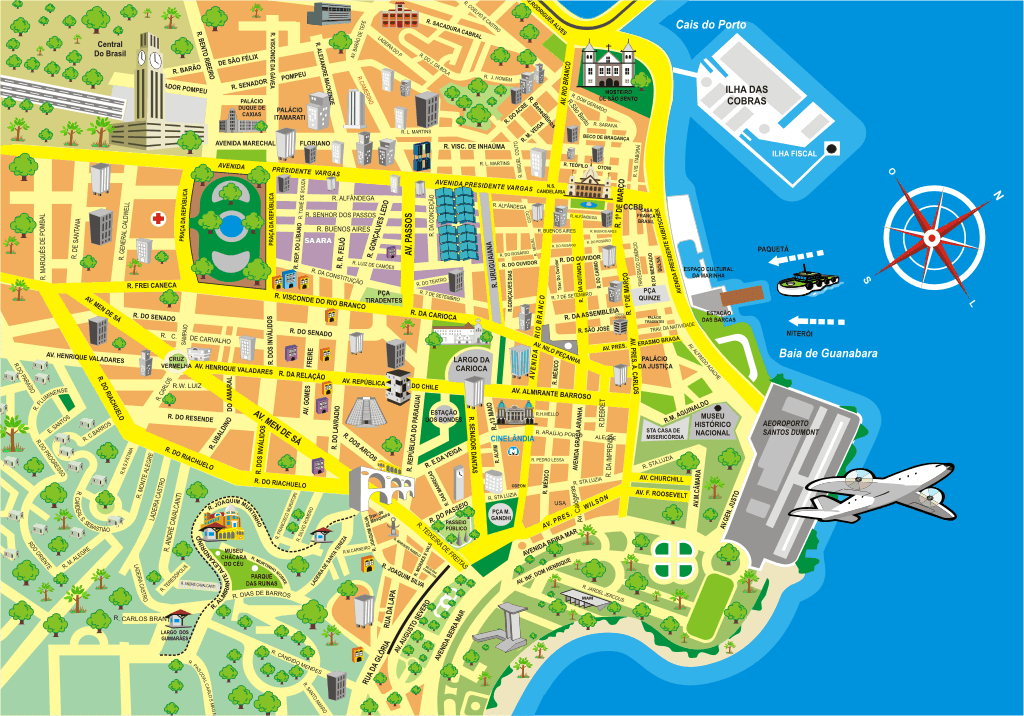
Highlights
For those interested in exhibitions the Centro Cultural Banco do Brasil (CCBB), the Casa França-Brasil, the Centro Cultural dos Correios and Caixa Cultural are the most important places to be visited. They contain some of the best exhibitions of the country. A walking tour through all of these cultural centers is definitely recommended for tourists interested in learning more about Brazil’s culture and history. Perhaps, you can be a part of the famous Brazilian larger than life attitude once you witness these exhibitions.
São Bento Monastery
São Bento Monastery should be next on your agenda. The building holds not only historical value but an artistic one as well. The building reflects the baroque design with its interiors richly decorated with XVII century wood carvings and works of Mestre Valentim and paintings by Frei Ricardo do Pilar. Masses are held from Monday to Saturday at 7.30am and at 10am on Sunday. The organ at the monastery is from late XVII century.
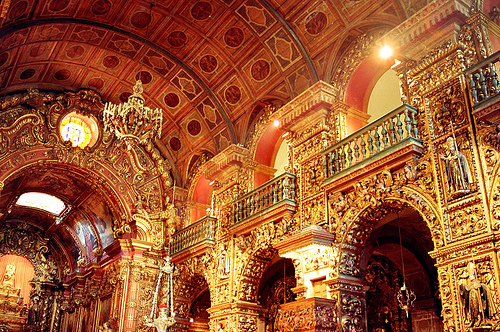
Sambadrome
Sambadrome as the name suggests is where the Rio Carnival’s Samba Parade is held. The structure is 650 meters long and can accommodate up to 50,000 spectators.
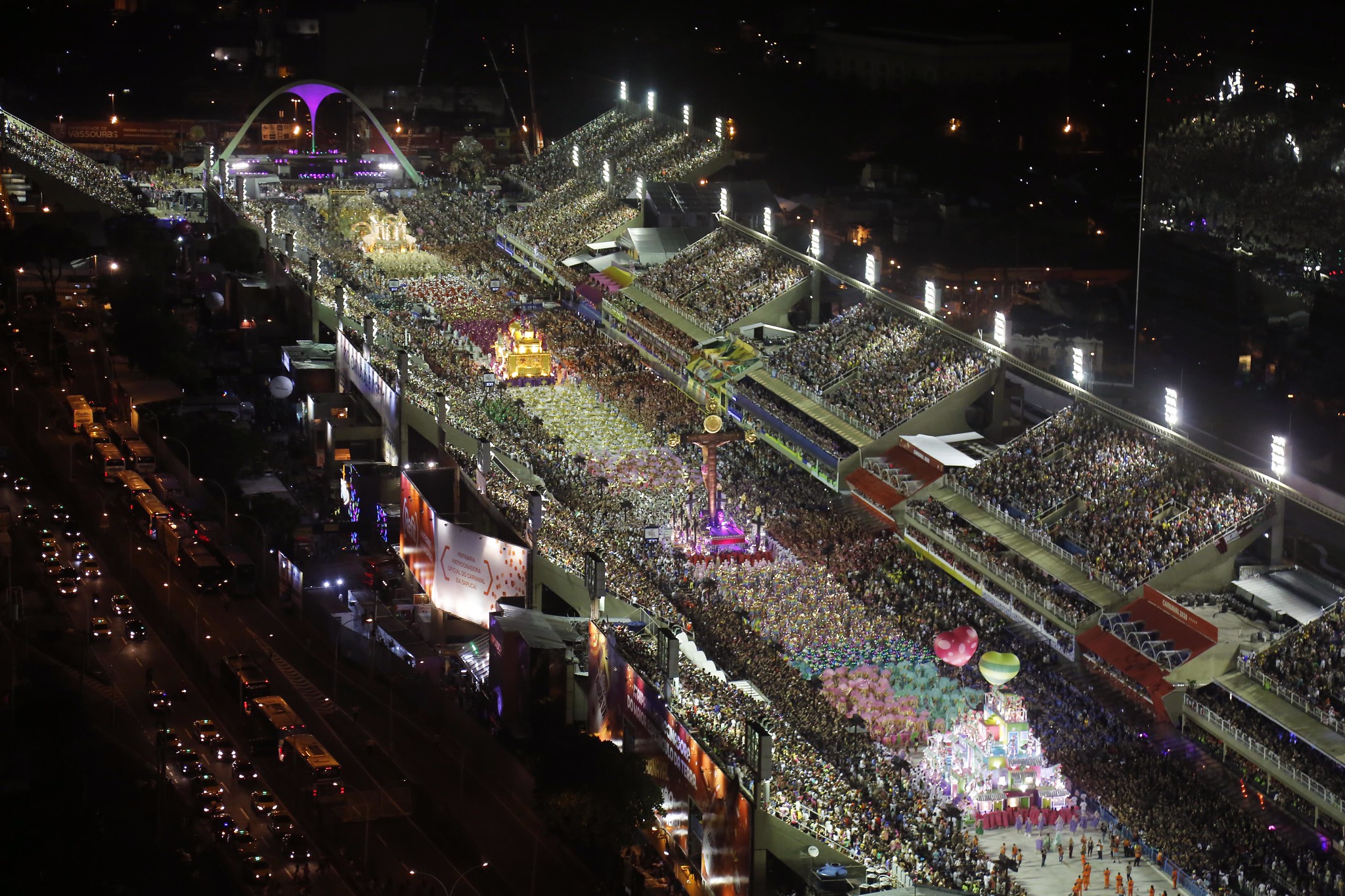
Metropolitan Cathedral
Brazil, which is the biggest catholic country in the world, will obviously have more than its fair share of churches. The Metropolitan Cathedral is the most famous in downtown zone of Rio and Lapa neighborhood. The cathedral was built between 1964 to 1979 and is 80 meters high. It can house up to 20,000 people. The Sacred Art Museum and the Bank of Providence which is a charity institution is also located in the premises.
Other Cathedrals and Churches
“Nossa Senhora do Carmo da Antiga Sé” is a grand cathedral where the coronation of the monarchs was held. The Candelaria church is a landmark of the city center. The “São Francisco da Penitência”, is a baroque style cathedral. Almost a ton of gold was used on the carvings to make this outstanding structure.
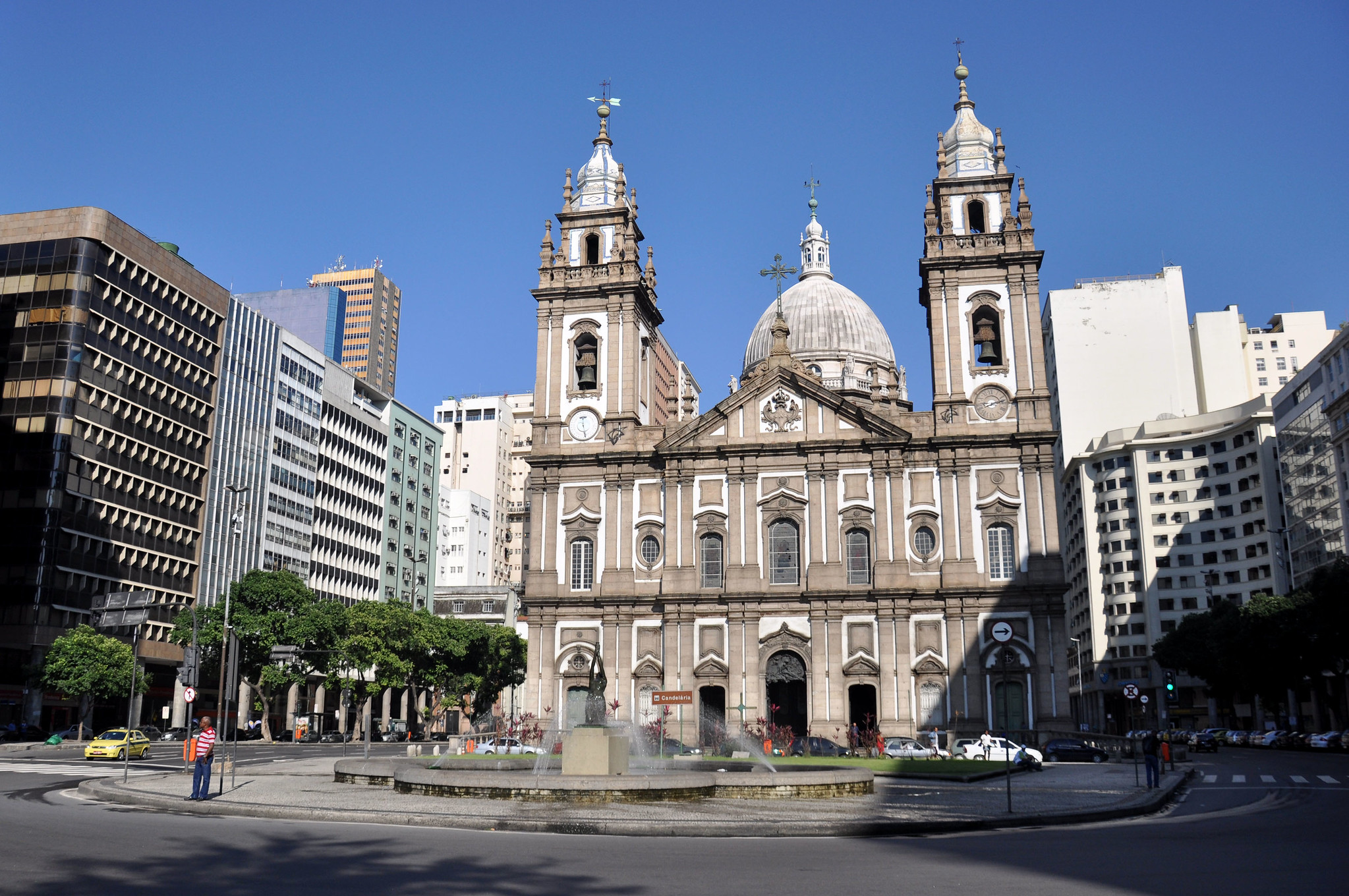
Arch of Lapa
The Lapa arches are another wonderful sight to visit. Built in the early XVIII century, the 42 arches are 270 meters long. The arches are surrounded by the Metropolitan Cathedral, Fundição Progresso, Sala Cecília Meirelles and a couple of other points of interests. A visit to the arches will enable you to see these other sights as well. Saint Teresa and Lapa are connected by a street car line.
Municipal Theater
The Municipal Theater designed by A. Guilbert and Francisco de Oliveira Pinto is a monument of pride for the city. Opened on July 14, 1909, the theater holds paintings by Eliseu Visconti and Rodolfo de Amoedo and mosaics by Bernardelli among other attractions.
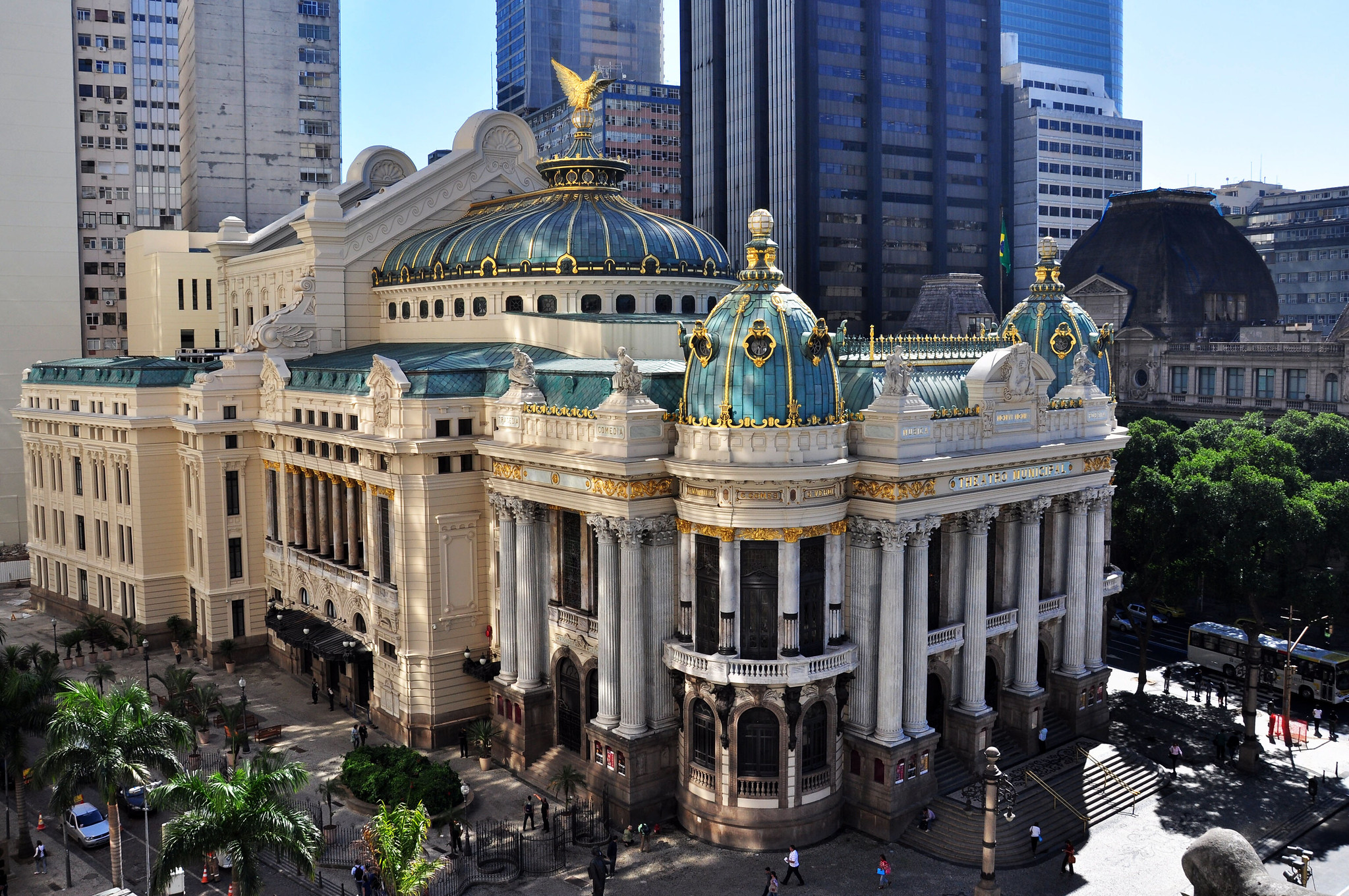
Museu Histórico Nacional
Downtown Rio has a number of museums that highlight the city’s culture and history. The Museu Histórico Nacional is considered one of the most important museums of Brazil. It was built between 1852 and 1853. It served as the headquarters of the ministry of foreign relations from 1897 until Brasilia became the capital of Brazil. It houses over 28,000 items, which includes the largest numismatic collection of Latin America.
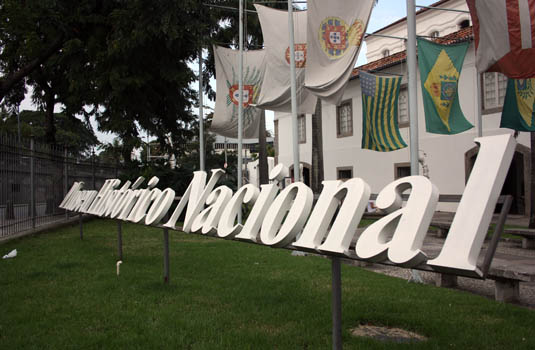
Museu Nacional de Belas Artes
The Museu Nacional de Belas Artes boast of a collection which has been growing since 1808 and now has over 16000 items. The collection includes paintings, sculptures, drawings as well as decorative arts, furniture, folk art and African art.
Espaço Cultural da Marinha
The Espaço Cultural da Marinha contains over 17,000 items, which includes an extensive archive of 30,000 photographs. Its permanent display comprises about 2,500 items. You can marvel at the magnificent collections of ship models covering every era from the 15th and 16th-century Voyages of Discovery to modern super-tankers.
Museum Of Image And Sound
The Museum Of Image And Sound is another interesting place to visit. It was built in 1922 and houses movies, videos, a large collection of photos, records, books, interviews and documents on Brazilian music.
Carioca Tips - Must visit places
- Arco dos Telles
- Praça XV
- Paço Imperial
- Igreja de Santo Antonio
- Largo da Carioca
- Rua Gonçalves Dias
- Rua Sete de Setembro
- Beco das Sardinhas
Fiscal Island
Fiscal Island is a neo gothic palace designed by Adolfo del Vecchio. The building is an architectural delight with its granite stonework ornate furniture made in jacaranda wood and ebony and Cordoba leather and the parquet flooring. The last ball of the imperial court hosted by Viscount of Ouro Preto in November 1889 was held here. The English stained-glass windows depicting the dances that took place add to the beauty of the building. However, visits are by appointment only so make sure to plan and book your slot before you leave.
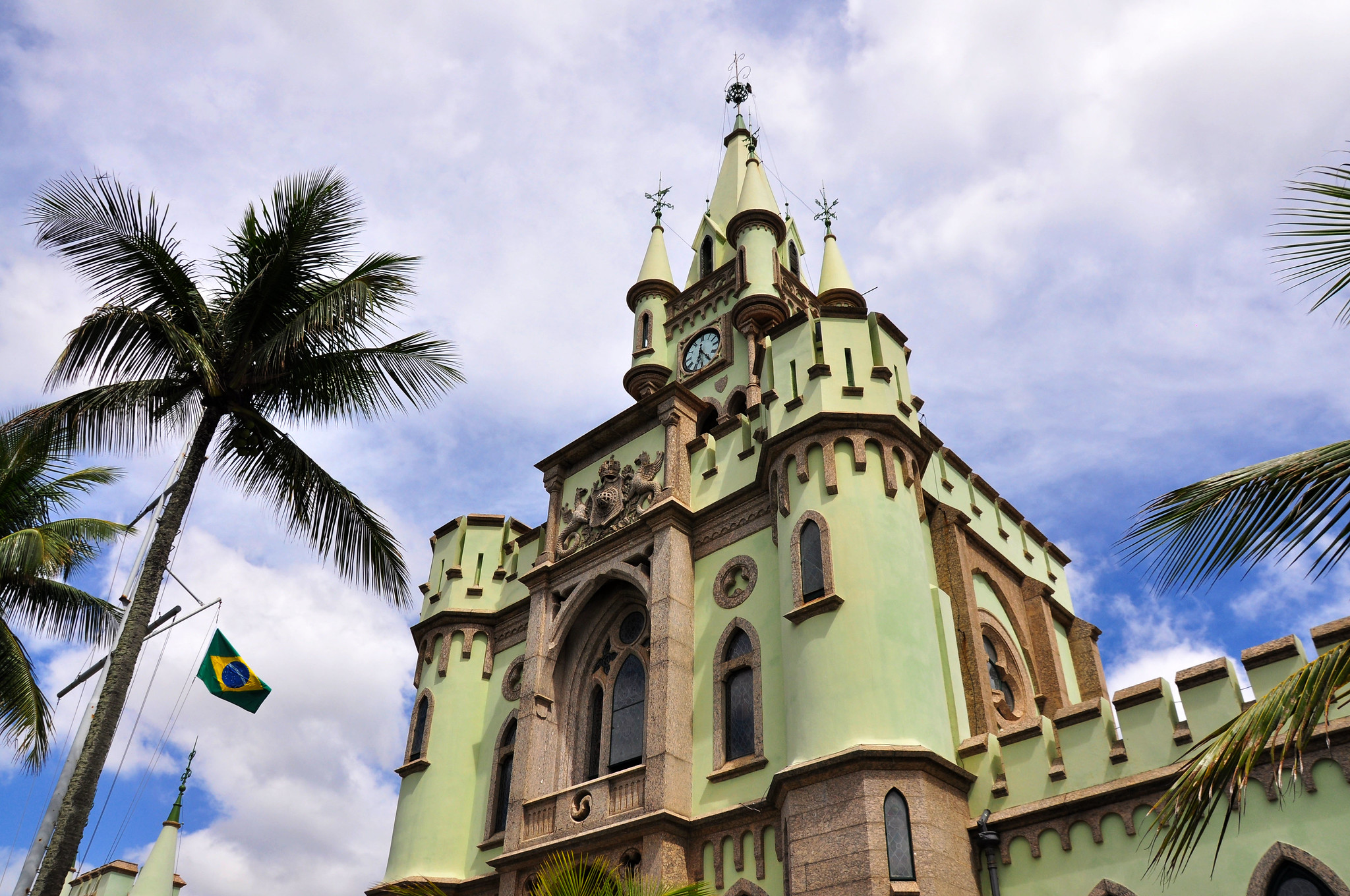
Santana Park
Santana Park is located at the heart of Downtown Rio. This is where Marshal Deodoro da Fonseca proclaimed the republic in the year 1899. It hosts a variety of animals and birds. It is easy to get to as the Central do Rio, the main train station, is right across the street.
Royal Portuguese Reading
The Royal Portuguese Reading room is another landmark of the city of Rio. Built in the Manuelino style, it was founded in 1837. This place has the honor of hosting the first session of the Brazilian Literary Academy. It houses various original manuscripts and rare editions making this a book lover’s paradise. The collection includes 350,000 volumes including many rare editions from the XVI, XVII and XVIII centuries. Original manuscripts by Machado de Assis and Gonçalves Dias and sculptures by Rodolfo Bernardelli and several other masters are part of the collection.
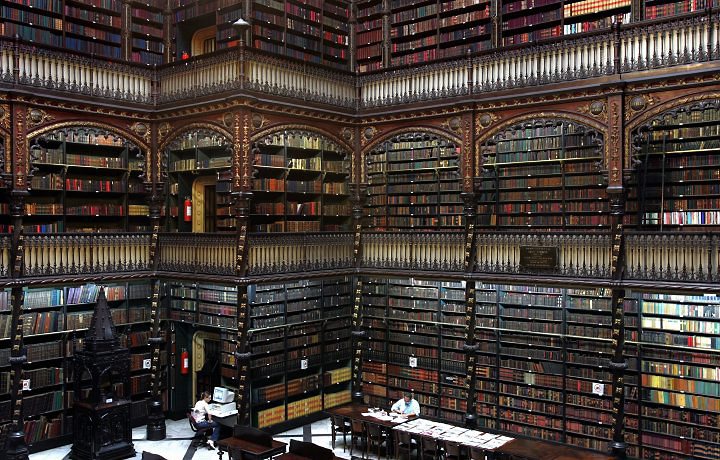
Centro Cultural Banco do Brasil
The Centro Cultural Banco do Brasil was originally used as a commerce square. It was designed by Francisco Joaquim Bethencourt da Silva, a disciple of Grandjean de Montigny and was built between 1880 and 1906. This grand building boasts of a glass dome, marble floors, walls and pillars carved in Portuguese stone. This was used as headquarters for the bank until Brasilia became the capital. The square was renovated and several elements were added like cafes, shops, theatres and temporary exhibition displays to attract more visitors.
Casa França-Brasil
Casa França-Brasil is an important historical monument. It was designed by the French architect Grandjean de Montigny in 1816. The building was opened to the public in 1820. After the riots staged by Dom Pedro over the shifting of the Portuguese court back to Portugal it was reopened as the customs house. The interior has a cross shaped design which is covered by a big dome.
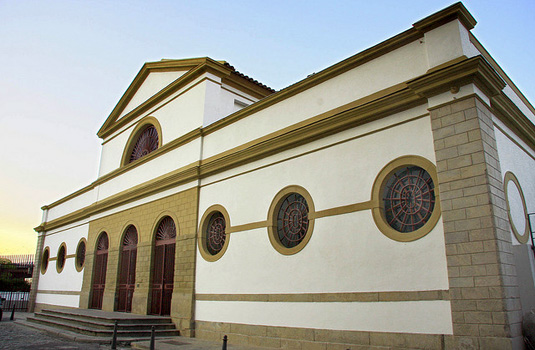
Other attractions
Lavradio antique fair which is held on the first Saturday of the month is a must visit for shoppers. You may find some unique and one of a kind products here. Confeitaria Colombo is another magnificent attraction. It features an elegant canopy of stained glass that filters light to huge mirrors. Every corner of this place is ornately designed. Having tea here is definitely an experience that you will remember for a lifetime.
Neighborhood by night
Lapa is the party capital of downtown Rio, famous for its nightlife and thus attracts a large crowd which consists of both tourists and native cariocas. The streets are crowded at night and most restaurants have seating arrangements out on the sidewalk so that you can enjoy the party atmosphere along with your food. Three blocks in Lapa are closed for cars during the nights of Friday, Saturday and Sunday as the place is bustling with party goers. The streets are filled with people having a good time, which portrays the Brazilian ‘larger than life’ spirit.
You can have your pick of bars, nightclubs and concert houses each of which have their own styles and corresponding audience. The streets of Mém de Sa, Riachuelo, Lavradio and Gomes Freire house most of these establishments.
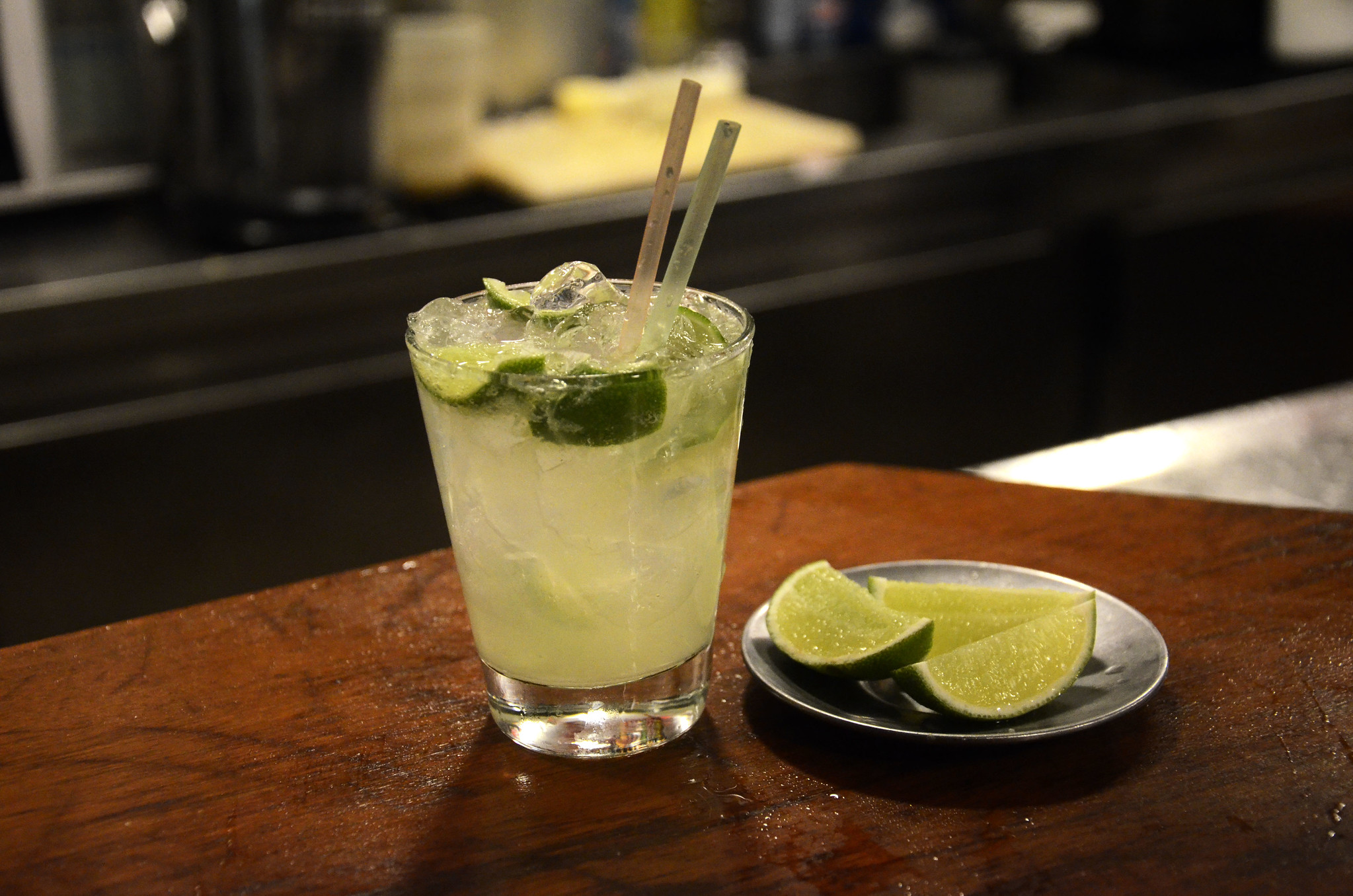
Eateries
Downtown Rio houses a large number of restaurants due to the crowds that travel to the area. The range of gastronomical delights gives you the opportunity to choose whatever fits your palette. Moreover, there are plenty of options available to budget travelers as well as those willing to spend more on fine dining. Some places offer a special menu towards the end of the afternoon and happy hours, especially those situated in the area of Lapa.
Where to Stay
Centro has many hotels which range to fit every budget. The ideal location makes it easy for commuting to and from the various attractions that the city neighborhood has to offer. The domestic airport Santos Dumont and Novo Rio Bus Station are also close by thus making it the perfect location to stay.
Hostels are available also at Lapa neighborhood, however, you must bear in mind that especially during the weekends the streets are crowded and bustling with excitement. Therefore, if you are the type that wants peace and quiet and a place to relax then this neighborhood is not the best option.
It's Carnival Time
Enjoy specials deals for Rio Carnival 2025
